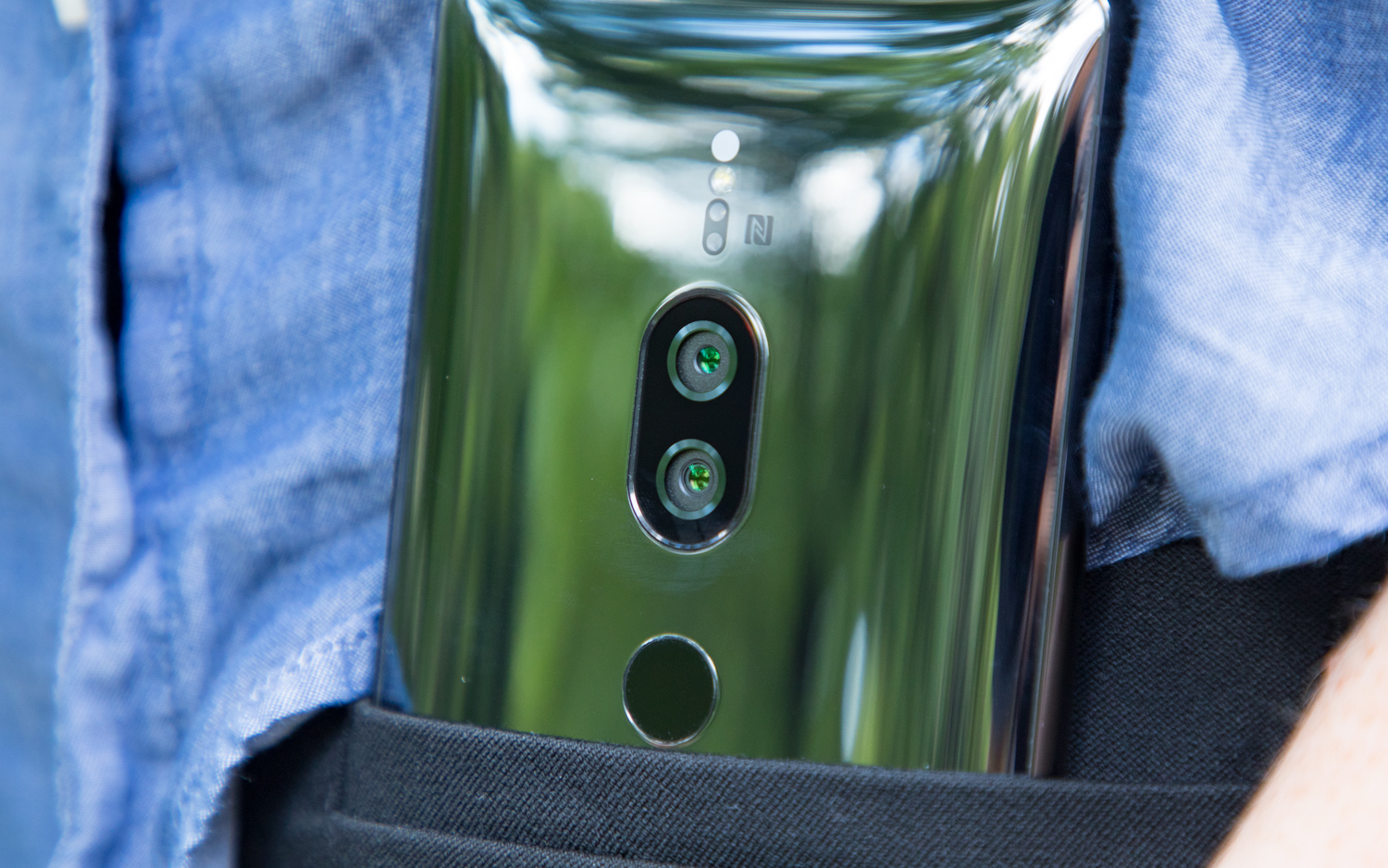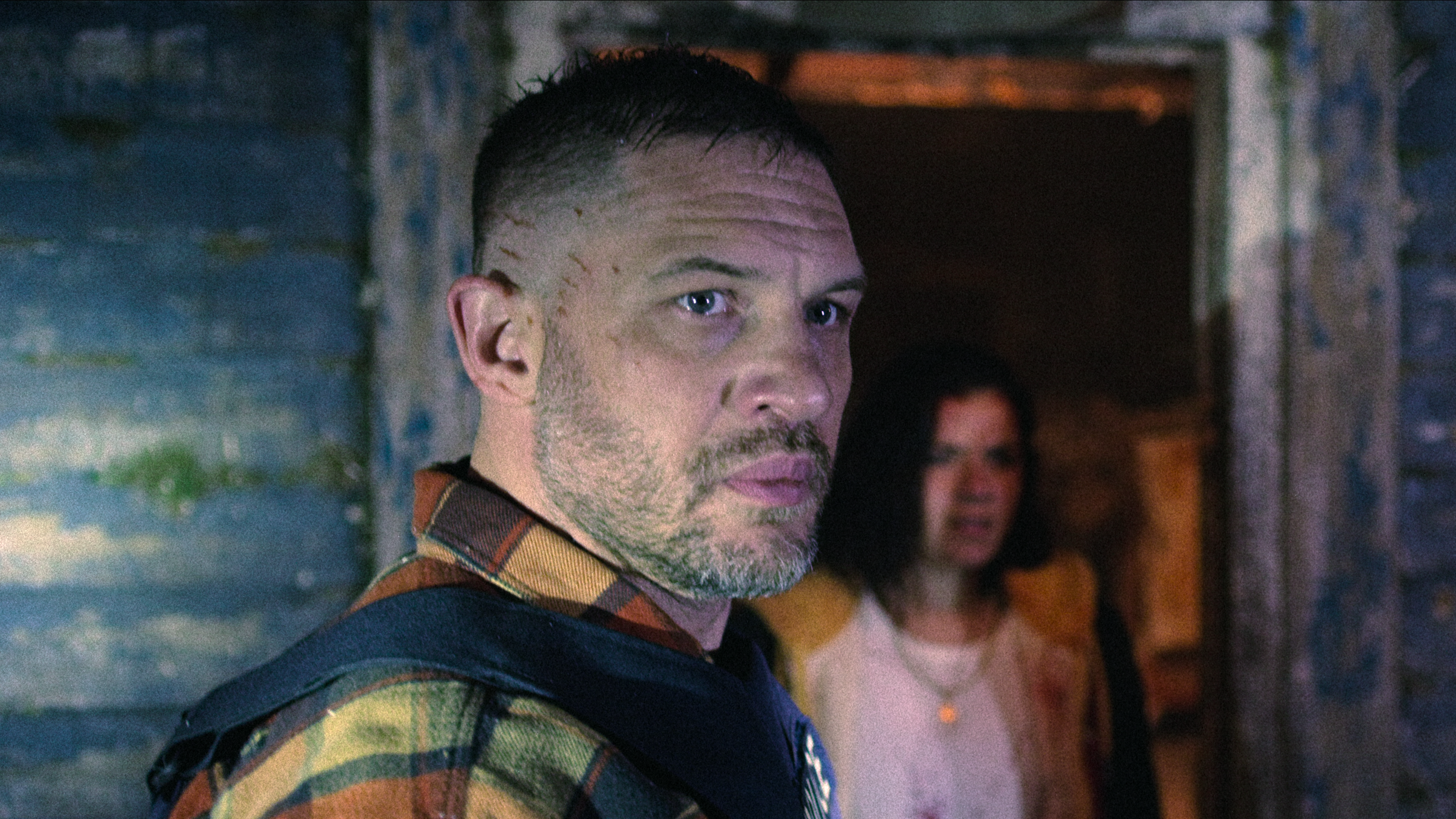How Sony’s 48-MP Sensor Will Reinvent Camera Phones
Sony's new 48-megapixel image sensor will use some clever tricks to deliver shots that are simultaneously sharper and yet brighter. Here's how.
Smartphone makers are constantly working on ways to improve their cameras’ low-light sensitivity for better exposed shots at night.

The only problem is that higher megapixel counts — which deliver sharper photos — often work against that goal, as the more megapixels you have, the smaller the pixels are on the image sensor. Less space means less light captured by each pixel.
That’s what makes the latest news from Sony so interesting. Earlier this week, the company announced a 48-megapixel image sensor, called the IMX586. That’s the most megapixels we’ve ever seen in a sensor developed for mobile devices, but Sony is adamant that it won’t come at the expense of performance in dim conditions.
MORE: Camera Test - This Phone Beats The iPhone X and Pixel 2
Furthermore, because Sony supplies the majority of phone makers with the sensors behind their lenses, there’s a very good change the IMX586 could power the camera in your future handset.
Now, the IMX586 is not the first image sensor to promise shots that are paradoxically sharper and brighter. The triple-camera Huawei P20 Pro implemented a 40-megapixel main sensor alongside a 20-MP monochrome sensor and another 8-MP RGB sensor tied to a telephoto lens.
However, Huawei employed various tricks to mitigate the effect all those megapixels would typically have on darker shots. The sensors inside the P20 Pro are huge — easily many times larger than what you see in most smartphones. That makes the pixels themselves larger, which helps pull in that light you so badly need in less-than-ideal photo ops, but it causes a packaging nightmare in slimmer and more compact devices.
Sign up to get the BEST of Tom's Guide direct to your inbox.
Get instant access to breaking news, the hottest reviews, great deals and helpful tips.

Huawei also relied on the secondary monochrome sensor to capture luminosity, so the 40-MP sensor could concentrate on sharpness. The P20 Pro used pixel binning as well — a common tactic among high-megapixel smartphones — to combine four adjacent pixels into one. Huawei’s clever processing would then synthesize this wealth of visual information into one 10-MP shot, albeit with limited noise and superior color accuracy.
Sony’s IMX586 borrows a few of those tricks. It too employs pixel binning when things get dark, downsampling the total 48 megapixels into 12 megapixels with increased light sensitivity. That said, the IMX586 is no larger than a conventional image sensor, which means it should be able to fit in more devices. And in the daylight, when things are clear and light isn’t as much of a concern, the sensor will use all 48 of those megapixels to deliver a sharper shot.
Of course, we won’t know exactly how the IMX586 compares to the sensors in modern phones for a while. On its own, it probably isn’t a replacement for an array of multiple sensors and lenses, all serving different duties with a layer of software stitching everything together. But it is more versatile, and will likely appear in a greater breadth of flagship offerings because of its small footprint.
Sharper and brighter photos aren’t all the IMX586 can do, either. Sony’s latest sensor can also capture 4K video at 90 frames per second, which currently isn’t possible in any smartphone.
According to Sony, the IMX586 will begin reaching manufacturers in the fall, which means you’ll likely see it in phones launching in mid-2019.
Adam Ismail is a staff writer at Jalopnik and previously worked on Tom's Guide covering smartphones, car tech and gaming. His love for all things mobile began with the original Motorola Droid; since then he’s owned a variety of Android and iOS-powered handsets, refusing to stay loyal to one platform. His work has also appeared on Digital Trends and GTPlanet. When he’s not fiddling with the latest devices, he’s at an indie pop show, recording a podcast or playing Sega Dreamcast.
